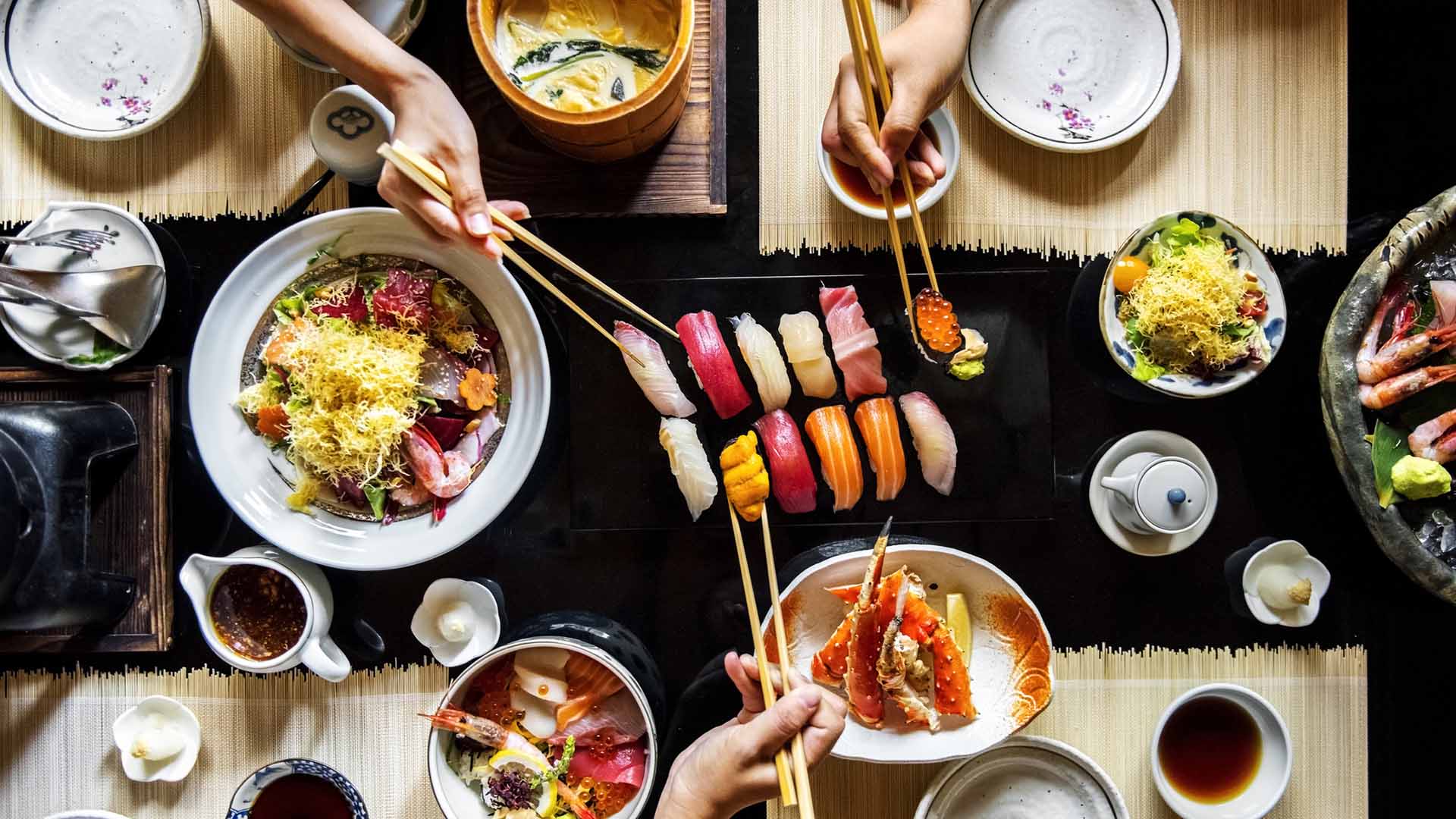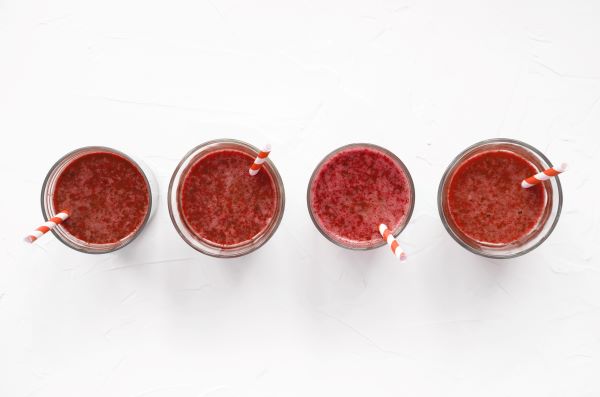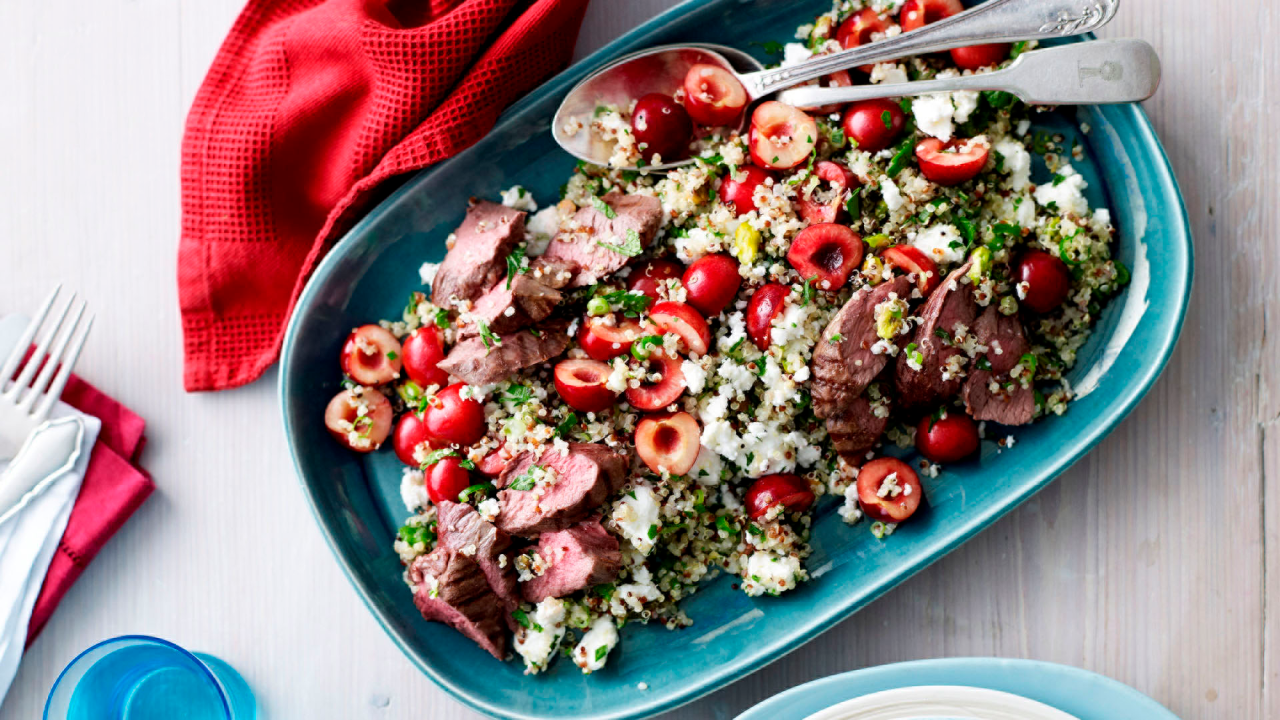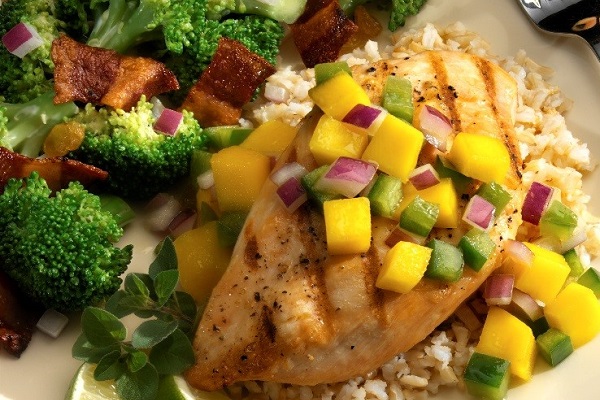-
When it comes to the food we eat, there are a lot of decisions we have to make over and over again. In fact, a study from Cornell University published in Environment and Behavior revealed we make over 200 food-related decisions every single day.
Yet only 20 of these decisions are made consciously. That means there are about 180 daily food decisions that we make unconsciously, or without thinking. This is known as mindless eating.
Why do we eat mindlessly?
Mindless eating often occurs due to habits we have developed over time. For example, when running late for work, many of us find ourselves regularly eating breakfast in the car or while hurrying to the train station. Other times it might be eating dinner while watching TV, or eating lunch at the desk while working to meet an important deadline.
Another form of mindless eating is ‘non-hungry eating’ - eating when you are not physically hungry. One example familiar to many of us is continuing to eat from the bowl of chips in front of us, past the point of feeling satisfied, simply because they are there. Emotional eating is also another form of nonhungry eating.
A little mindless eating is completely normal and everyone will do it from time-to-time. But frequent mindless eating can easily lead to eating more than we need, or making poor food choices too often. This can then lead to things like weight gain, increased cholesterol and blood pressure, and an unhealthy relationship with food.
How to practise mindful eating
Mindful eating is not a diet. In fact, mindful eating has nothing to do with the type of food you eat at all. Mindful eating is about the way you eat.
This means learning to pay attention to:
- Why you feel like eating. Are you genuinely hungry, or eating for other reasons?
- Your level of hunger before, during and after eating.
- The look, smell, texture and taste of food.
- Triggers for mindless eating, such as emotions, social situations or certain foods.
- How food makes you feel as you taste it and digest it, both during and after eating.
- Your emotions, both during and after eating.
Here are a few strategies that can help you learn to eat more mindfully.
Listen to your body
Before eating, pause for a moment and think about how hungry you are to start with. Rate yourself on a scale of zero to 10 – zero being starving hungry, your stomach growling, five meaning you feel comfortable and satisfied, and 10 being so full, you feel like you might burst.
If you are anything below five, then you are genuinely hungry and do need to eat something. If you rate yourself at five or above, you are probably eating due to reasons other than hunger.
Continue to use this scale while you are eating and stop every few minutes to think about your level of hunger. Once you get to a five or above, it is time to stop eating.
Slow down
Take a few moments before you start eating to appreciate how your food looks and how it smells. Then take a mouthful and let it rest for a few seconds – notice how the food tastes, and feel the textures on your tongue.
Once you start eating, it is important to slow it down. This allows you to savour the taste of the food and give your brain a chance to catch up to your gut. It takes 20 minutes to send the ‘I am full’ message to your brain.
Serve your food on plates or in bowls
Avoid eating straight from the packet. We tend to eat much more than we need when eating straight from a large packet, so put a portion of the food onto a plate or into a bowl instead. This helps us eat appropriate amounts of foods, especially snack foods like nuts and ice cream.
Just focus on eating
Try to avoid eating while doing something else – like watching TV, playing on your phone, or working at your computer. All of these activities create distraction, which means that we tend to eat quicker and don’t pay attention to how much we are eating.
This leaves us feeling unsatisfied and more likely to eat a second serve or want dessert or a snack after the main meal.
How to eat mindfully

-
5 reasons to get your blender out
Soups, smoothies, sauces and more. Here we pay homage to one of the kitchen's most versatile appliances: the blender.
-
10 healthy recipes to enjoy this festive season
Trying to be healthy during the festive season can be tough. We’ve rounded up 10 of our most delicious summer recipes for you to make it easier.
-
Grilled chicken with mango and avocado salsa recipe
The flavour of the mango, lime and coriander work perfectly together to add a taste of summer to any meal.
-
Watermelon, pomegranate and olive salad recipe
You’ll be pleasantly surprised how well these flavours work together. It’s a simple and refreshing salad that will soon become a summer favourite.
-
Mocktail recipes: Five of the best
The same great taste.
-
10 delicious, low-sugar desserts
Naturally sweet ingredients are great for desserts
Subscribe to receive the best from Live Better every week. Healthy recipes, exercise tips and activities, offers and promotions – everything to help you eat, move and feel better.
By clicking sign up I understand and agree to Medibank's privacy policy






